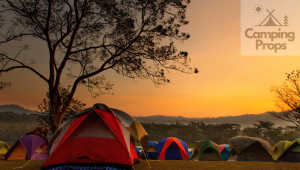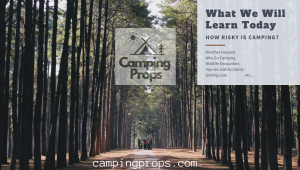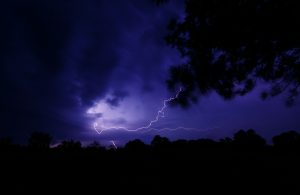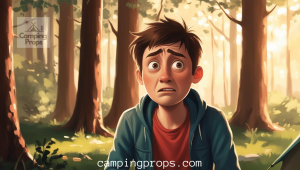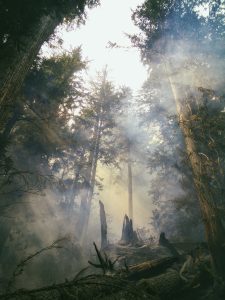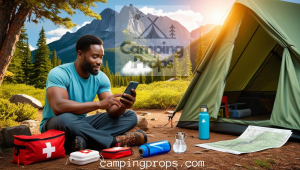Ultimate Car Camping Trip Checklist & Guide Car camping is an excellent way to explore the outdoors with the convenience of having your vehicle nearby. Whether you’re heading out for a weekend getaway or a long road trip, having the right gear and essentials can make all the difference. This guide provides a comprehensive car camping checklist to help you pack efficiently and enjoy a hassle-free adventure.
Why Car Camping?
Car camping offers flexibility, comfort, and accessibility compared to traditional backpacking. With your vehicle as your basecamp, you can carry more gear, stay in different locations, and enjoy a cozy camping experience without sacrificing convenience.
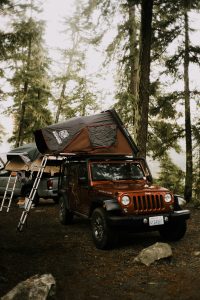
Car Camping Essentials Checklist
1. Shelter & Sleeping Gear
- Tent (if not sleeping in the car)
- Sleeping bag (temperature-rated for the season)
- Sleeping pad, air mattress, or cot
- Pillows and blankets
- Hammock (optional)
- Ground tarp or footprint
- Eye mask and earplugs (for better sleep)
2. Cooking & Food Supplies
- Portable stove or grill
- Fuel for stove
- Lighter/matches (waterproof)
- Cooking pots, pans, and utensils
- Plates, bowls, and cups
- Eating utensils (fork, spoon, knife)
- Cutting board
- Cooler with ice packs
- Food storage containers or resealable bags
- Biodegradable dish soap and sponge
- Trash bags (Leave No Trace)
- Campfire grill grate (if allowed)
- Non-perishable snacks and dry food
3. Clothing & Footwear
- Weather-appropriate clothing (moisture-wicking & insulating layers)
- Waterproof and windproof outerwear
- Hiking boots or comfortable shoes
- Camp sandals or slip-ons
- Extra socks and underwear
- Hat, gloves, and scarf (for cold weather)
- Sunglasses (UV protection)
- Swimsuit (if needed)
4. Navigation & Safety
- Map and compass (or GPS device)
- Multi-tool or camping knife
- First aid kit
- Flashlight/headlamp (with extra batteries)
- Emergency whistle
- Sunscreen and insect repellent
- Bear-proof food container (if necessary)
- Fire extinguisher (for safety)
- Roadside emergency kit (jumper cables, tire repair, etc.)
5. Hydration & Hygiene
- Water bottles or hydration pack
- Water filtration system or purification tablets
- Camp sink or wash basin
- Biodegradable soap and shampoo
- Towel and washcloth
- Toothbrush and toothpaste
- Hand sanitizer
- Wet wipes
- Toilet paper and trowel (if needed)
- Feminine hygiene products
6. Comfort & Convenience
- Camp chairs and table
- Shade canopy or tarp
- Blankets for warmth
- Car sunshades for privacy
- Portable fan or heater (depending on season)
- Notebook and pen
- Camera or binoculars
- Entertainment (books, cards, board games)
7. Miscellaneous Items
- Backpack or daypack
- Rope or paracord
- Duct tape and repair kit
- Trash bags (for packing out waste)
- Reusable shopping bags
- Firewood (if allowed)
Car Camping Tips for a Smooth Trip
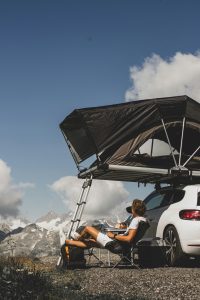
- Pack Smart: Organize your gear to maximize space in your car. Keep frequently used items easily accessible.
- Check the Weather: Plan accordingly and pack appropriate clothing and gear.
- Leave No Trace: Always clean up after yourself and respect nature.
- Stay Safe: Keep emergency supplies handy and inform someone of your plans if camping in remote areas.
With this Car Camping Trip Checklist, you’ll be well-prepared for your next outdoor adventure. Whether you’re camping solo, with friends, or as a family, planning ahead will ensure a comfortable and memorable trip. Happy camping! 🚗⛺
Downloadable PDF Version
Click here to download a printable version of this checklist.
Other recourses that can help your trip
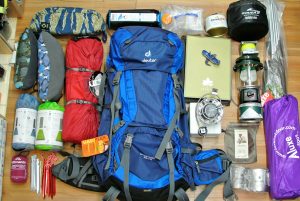
-
REI Expert Advice – Family Camping Checklist
A comprehensive guide covering essential items for family camping trips.
https://www.rei.com/learn/expert-advice/family-camping-checklist.html -
Bearfoot Theory – Car Camping Essentials: Packing Checklist
An in-depth checklist with a printable PDF to help you pack efficiently.
https://bearfoottheory.com/car-camping-essentials-packing-checklist/ -
Cinder’s Travels – A Thorough Guide of Car Camping Necessities
An exhaustive list covering everything worth considering for a car camping adventure.
https://www.cinderstravels.com/car-camping-necessities/ -
Switchback Travel – Camping Checklist
A detailed checklist covering essentials for a successful camping trip.
https://www.switchbacktravel.com/info/camping-checklist -
Practical Wanderlust – Ultimate Camping Checklist: 42 Car Camping Essentials
A comprehensive list of car camping essentials to ensure you’re well-prepared.
https://practicalwanderlust.com/camping-checklist-car-camping-essentials/
